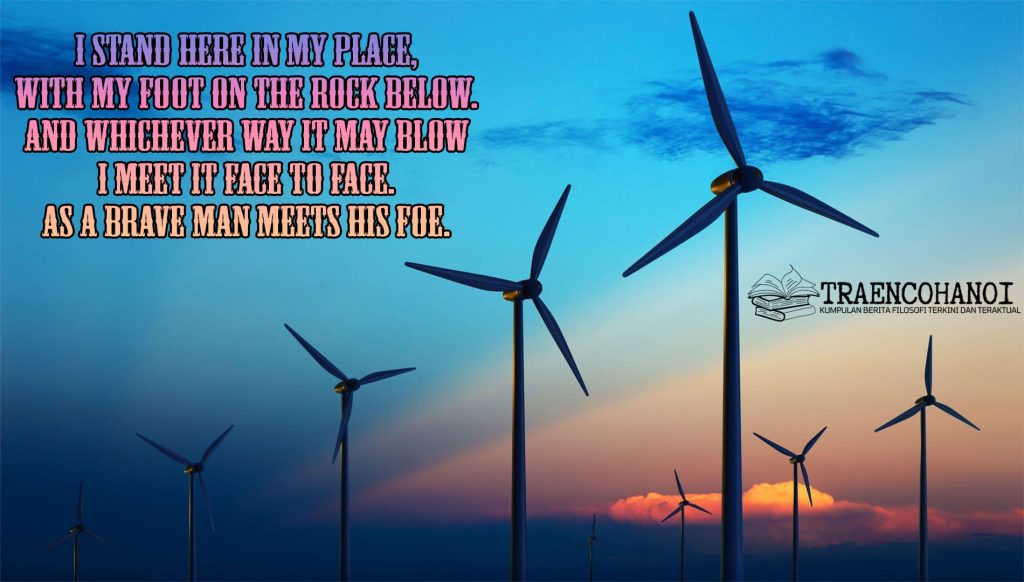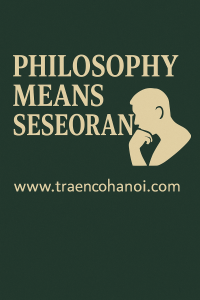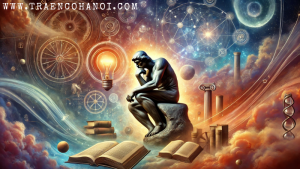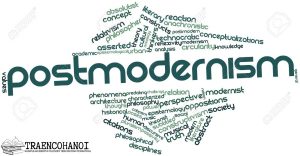
Windmills have long stood as icons on the horizon, their large sails turning gracefully with the flow of the wind. Beyond their physical presence, these structures have carried a deeper meaning, serving as symbolic representations of resilience, progress, and environmental harmony. The Philosophy of Windmills offers profound insights into the way humans have interacted with nature and how these interactions have shaped cultural perspectives.
Embracing Nature’s Power
One of the primary philosophical underpinnings of the windmill is the notion of embracing and harnessing the power of nature. Unlike other technologies that may work against nature, windmills utilize the raw, renewable energy of the wind. This illustrates humanity’s capacity to work in harmony with the environment, taking what is freely given and transforming it into something useful.
A Testament to Innovation
Windmills are also a testament to human innovation and progress. Early civilizations saw the potential in the power of the wind, leading them to create the first windmills. Over time, these structures evolved from simple mechanisms for milling grain to sophisticated turbines generating electricity. This continuous evolution speaks to the human spirit of inquiry and advancement.
Symbols of Resilience
Located often in open fields, windmills face the full force of nature, from gentle breezes to ferocious storms. Their continued existence, despite these challenges, makes them symbols of resilience and endurance. Much like the windmill, humans too face adversities but continue to persevere and adapt.
The Circle of Life
The circular motion of a windmill’s blades can be seen as a metaphor for the circle of life. Just as the blades keep turning, life goes on, and seasons change. The cyclical nature of the windmill’s operation mirrors the cycles of life, death, and rebirth, reminding us of the transient nature of existence.
Sustainability and the Future
In modern times, wind turbines, the successors to traditional windmills, underscore the philosophy of sustainability. As concerns about climate change and resource depletion grow, wind energy presents a cleaner, greener alternative. This shift back to wind power, a source used centuries ago, underscores the timeless relevance of windmills and the values they represent.
Conclusion
Windmills, with their rich history and deep-seated symbolism, serve as a bridge between the past, present, and future. They are reminders of humanity’s ingenuity, our relationship with nature, and the potential for sustainable progress. As these structures continue to dot landscapes around the world, they remain powerful symbols and testimonials to the enduring philosophies they embody.







